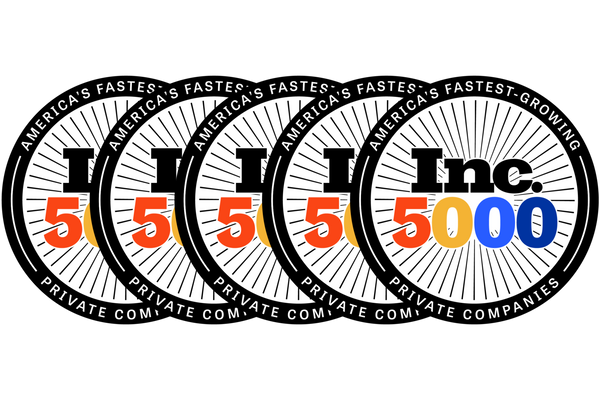Pulsed Wave Therapy Laser Review
Therapy lasers emit light in either:
- Continuous wave
- Pulsed wave
Some therapy lasers are capable of switching between these two modes of operation, while other therapy lasers solely operate in one mode or the other. While continuous wave therapy lasers are easy to understand (they emit a beam of light that is uninterrupted and constant), pulsed wave therapy lasers require a bit more explaining. This is because pulsed wave therapy lasers cycle on and off in different ways and at different rates.
Pulse Parameters
All pulsed wave therapy lasers cycle on and off while operating – this cycle is called a “pulse”. However, the length of time that the laser is emitting light and turned off during each pulse varies between lasers. We can understand the length and frequency of a pulsed wave laser’s on and off cycles using the following parameters:
Pulse Duration (PD)
The amount of time, in seconds, that the laser emits light during each pulse.
Pulse Interval (PI)
The amount of time, in seconds, that the laser is off (not emitting light) during each pulse.
Pulse Frequency Rate (PFR)
The number of pulses (on and off cycles) that a pulsed wave laser goes through each second. This parameter is measured in hertz. Keep in mind that hertz are equivalent to cycles per second – so a laser with a PFR of 7Hz is emitting 7 pulses per second.
Duty Cycle (DC)
The Duty Cycle (DC) is the pulse duration (PD) multiplied by the Pulse Frequency Rate (PFR). A duty cycle is expressed as a percentage or a fraction and can be determined with the equation DC = PFR X PD
Duty Cycle Equation
DC = PFR × PD
The duty cycle reflects how often a pulsed wave laser is emitting light over time, but it does not indicate the total power output of the system. For example, a laser with a 50% duty cycle emits light half of the time during operation.
Peak Power
The maximum output power, in watts, that a laser diode can produce during emission.
Average Power
The average power output, measured in watts, refers to the consistent level of energy a laser diode emits over time.
In devices that operate using pulsed wave emission, this measurement is distinct from peak power. When calculating energy delivery metrics such as energy per unit area (Joules/cm²), average power is the relevant value considered.
Average Power Equation
Average Power = Peak Power × PFR × PD
The average power output of a pulsed wave laser helps determine the energy density it emits during use.
Chopped Pulse Therapy Lasers VS Super Pulsed Therapy Lasers
Pulsed wave therapy lasers are either:
- Chopped
- Super Pulsed
A chopped pulse wave therapy laser—sometimes referred to as a “gated” pulse wave laser—is a continuous wave laser that is modulated by a pulse generator to alternate between on and off states at programmable intervals.
This differs from super pulsed lasers, which incorporate semiconductor laser diodes. These diodes are capable of emitting high-peak power output in extremely short bursts, followed by comparatively long off-periods to allow for thermal management.
Super pulsed diodes typically emit light for a very brief fraction of the total operation time. For example, a super pulsed laser with a duty cycle of 0.001% is active for only 1/1000th of each cycle.
Understanding Laser Output: Class 3b “25-Watt Super Pulsed” GaAs Diode Laser Produces only “25mW”
Some brands of Class III therapy lasers use a super pulsed gallium arsenide (GaAs) laser diode with a peak power output of 25 watts. While that may sound substantial, it’s important to note that this GaAs super pulsed diode emits 25 watts only in extremely brief, 200-nanosecond bursts, with a duty cycle of approximately 0.001%—resulting in an average power output of less than 25 milliwatts (0.025 watts).
Understanding the difference between peak power output and average power output is important when reviewing pulsed wave laser specifications. Some product descriptions emphasize high peak power ratings without providing detail on the average power output. A 25-watt super pulsed laser operates very differently from a 25-watt continuous wave laser, and it is not appropriate to assume their operational characteristics are the same. Evaluating both peak and average power can provide a clearer understanding of how different systems function.
Our Aspen Laser Specialists are here to help. Whether you're looking for product details, clinical support, or purchasing guidance, reach out today and get the answers you need.












